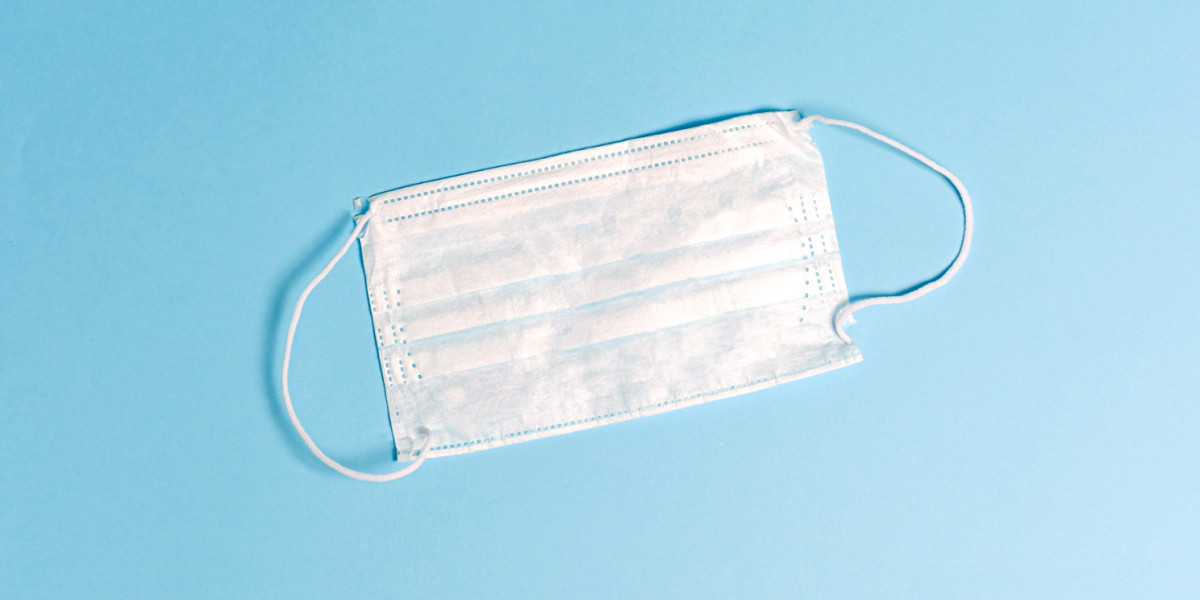If you choose to wear a face mask – one you purchase or make yourself – you need to know how to use it safely. This includes how you put it on, what to do while wearing it, how to take it off and how to handle it safely after use to avoid the risk of infection.
Make your own
There are plenty of patterns online. This one from the Netherlands that is double layered with a pocket where you can place a paper towel that acts as extra filter. Follow the instructions HERE and download the pattern HERE to make your own and read on to learn more about how masks can help prevent the spread of COVID-19
COVID-19: How to use a face mask safely
Some key points
- Never share face masks with other people.
- Face masks should not be worn by young children or anyone unable to remove them without assistance.
- Face masks should not be worn by people who have trouble breathing.
How to safely put on a face mask
- Ensure your face mask is clean and dry and is not damaged.
- Before putting on your face mask, clean your hands with soap and water or use hand sanitiser (containing at least 60 percent alcohol). Ensure your hands are dry.
- Place the face mask over your nose and mouth and secure with ties or loops. Make sure the mask fits snugly, moulded to your face and around your nose. Make sure the mask fully covers your nose, mouth and chin. Your mask should be comfortable, with no gaps around the mask and your face, and allow you to breathe easily.
- Clean your hands again (as above).
While wearing a face mask
- Do not touch the front of the face mask. If you do, clean your hands and dry thoroughly.
- Avoid touching your face, as infection can still be introduced by touching your eyes or if you are not wearing your face mask correctly.
- Face masks should not be moved during use. This includes being pulled up or pulled down below your chin. If you need to remove your mask (for example, to eat) - remove it safely, dispose of it appropriately (or wash if a home-made facial covering or cloth mask) and clean your hands.
- Replace the face mask if it becomes damp, damaged or soiled.
How to safely remove a face mask
- Clean your hands with soap and water or use hand sanitiser (containing at least 60 percent alcohol). Ensure your hands are dry.
- Remove the face mask from behind (do not touch the front of the mask) by untying ties or removing loops and pull it away from your face. Be careful not to touch your eyes, nose and mouth when removing your mask.
- Clean or dispose of it appropriately (see below).
- Clean your hands again (as above).
Safely disposing of single-use face masks
- Dispose in a closed lidded bin or place into a bag and seal before putting into a rubbish bin or taking home.
- Clean your hands after disposing of the face mask with soap and water or use hand sanitiser (containing at least 60 percent alcohol). Ensure your hands are dry.
- Do not re-use or try to disinfect single-use disposable face masks.
Cleaning home-made facial coverings or cloth masks
- Wash the mask in a washing machine with detergent at 60 degrees Celsius.
- After putting the mask in the washing machine, clean your hands with soap and water or use hand sanitiser (containing at least 60 percent alcohol). Ensure your hands are dry.
- Dry the mask completely before you use it again. Do not use a damp mask.
Further information and advice from the World Health Organization
For videos and further advice on how to put on and take off a face mask, and dispose of one safely, please see the World Health Organization (WHO) information.
(Article reposted from https://www.health.govt.nz/our-work/diseases-and-conditions/covid-19-novel-coronavirus/covid-19-health-advice-general-public/covid-19-use-masks-community/covid-19-how-use-face-mask-safely)

